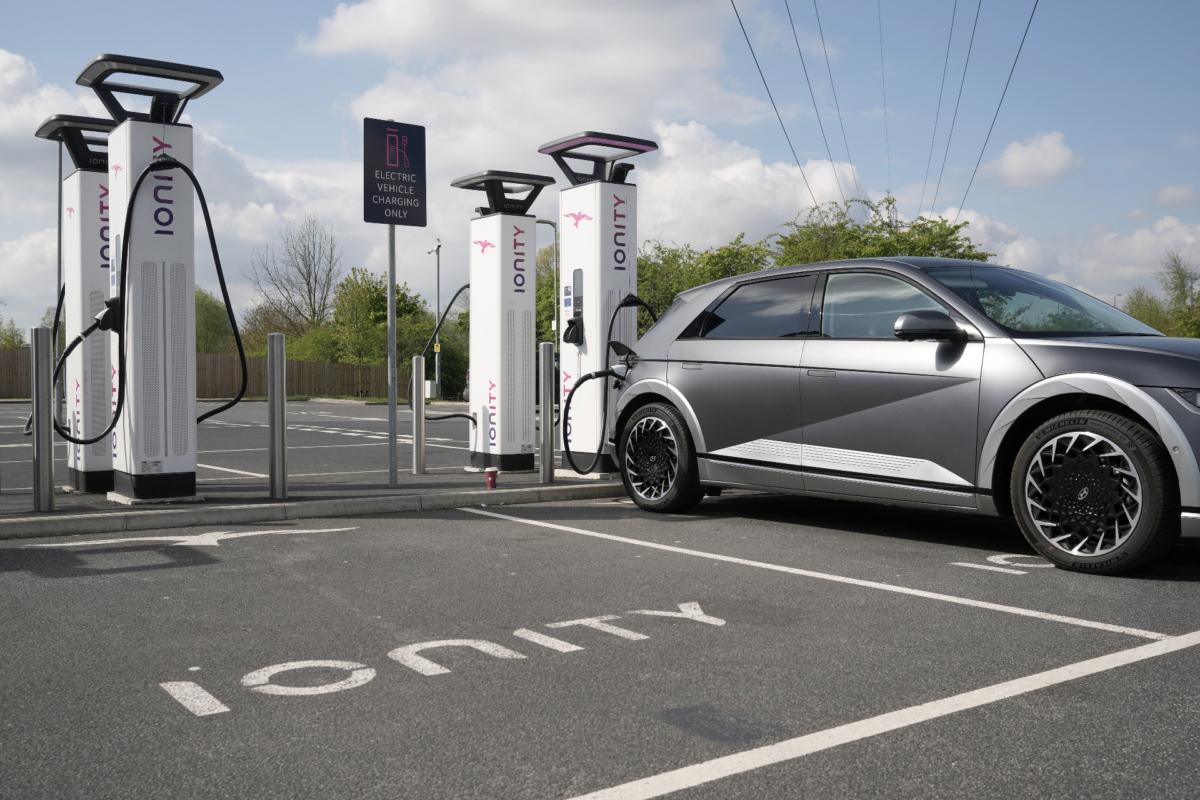Spotty Cell Phone Service May Impact Electric Vehicle Charging
The RAC Foundation reported that about two-thirds of the most common type of public chargers are located in areas where at least one network provider lacks sufficient coverage.
A recent report highlighted the challenges faced by electric vehicle (EV) drivers trying to charge their cars at the majority of the UK’s public charging points. Unreliable mobile network coverage is cited as the main issue, with 66.4 percent of public chargers outside London situated in locations where at least one mobile network provider lacks adequate 4G coverage necessary to enable the flow of electricity.
The focus of the report was on Type-2 chargers, the most common type with speeds up to eight kilowatts, which usually require drivers to use mobile phone apps to access them. The report revealed that most chargers depend on a reliable mobile signal connection to operate, unlike rapid chargers that offer contactless payment options.
According to RAF Foundation Director Steve Gooding, the ease of refueling at traditional petrol stations does not yet apply to public EV charge points. He expressed concern that signal connectivity issues could lead drivers to blame the charger for faults, undermining confidence in public charging options for electric vehicles.
Network Coverage Challenges
Gooding stressed the need for designing systems that consider real-world network coverage, which he described as patchy and sometimes non-existent. He cautioned that the new reporting system for rapid chargers might overlook poor connectivity issues.
He suggested potential solutions to address coverage gaps, including improving signal quality through initiatives like the Single Rural Network program and exploring satellite internet options. In cases where connectivity issues persist, a default setting for providing a limited free charge could prevent potential breakdowns due to insufficient battery levels.
In response to the report, a government spokesperson highlighted ongoing efforts to improve 4G coverage, aiming for 95 percent coverage across the UK by the end of next year.
Decline in EV Market Share
The SMMT urged the government to introduce measures like reducing VAT on new EV purchases and aligning VAT rates for public charging with home charging rates to stimulate consumer interest.

Government support is seen as essential by the SMMT to ensure a smooth transition to EVs and maintain momentum in the electric vehicle market. Initiatives like the Local Electric Vehicle (LEVI) fund aim to encourage more consumers to switch to electric vehicles.
PA Media contributed to this report.




